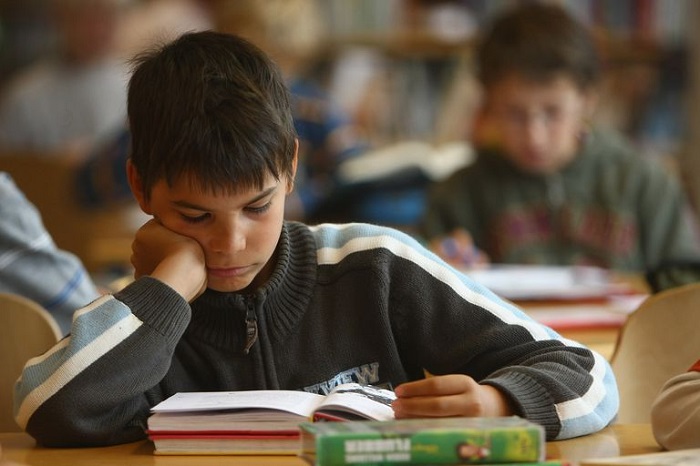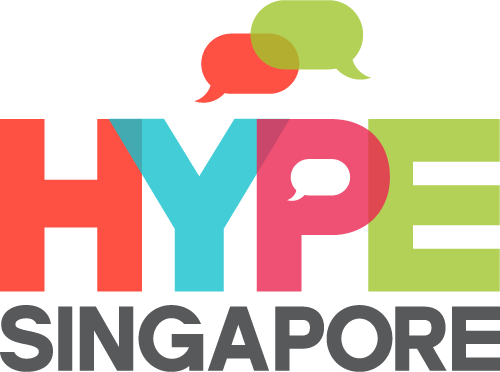What is Dysgraphia?
Dysgraphia is characterized by difficulties in several areas that concern motor skills and writing. The person diagnosed with the condition is not necessarily an invalid or a moron, but it will take a while for him/her overcome hurdles during the learning years.
How do you recognize the symptoms in your child and what can you do about dysgraphia?

Overview and Causes
There is no specific cause for the condition, but there could be a lot of factors that might be linked to organizing the information in memory and the act of getting words on paper itself. Sometimes the condition can run in families and can also co-exist with other learning disabilities. So, what separates this condition from, say, dyslexia? Dysgraphia is more specific in that it affects how the person remembers the word and then recording it on paper. There are many other symptoms, however, before a person can be diagnosed with dysgraphia.
Symptoms of Dysgraphia
Proper diagnosis is a must to get early intervention for your child. Usually, a doctor will have to identify symptoms of dysgraphia from six categories such as fine motor, visual-spatial, language processing, grammar, spelling and handwriting, and language organization.
The following are the general symptoms of dysgraphia:

- Difficulty telling a story from start to finish; usually leaves out information or provides too many details
- Often jumbles sentences and uses vague descriptions
- Finds it more comfortable conveying ideas when speaking
- Difficulty using punctuation properly
- Often forgets to start a sentence with the first letter of the first word in uppercase
- Difficulty writing complete sentences or writes run-on sentences often
- Difficulty understanding spelling rules and often misspells words
- The child can spell correct orally, but not when writing it down
- He/she finds it difficult to read even his/her own writing
- Writing is a blend of cursive and printing, with a mix of uppercase and lowercase letters
- Difficulty following directions and loses train of thought
- Cannot follow grammar rules and apply them on writing
- Difficulty writing ideas on paper
- Cannot use scissors or art materials as well as other kids

- Awkward writing position; difficulty holding writing materials, doing puzzles, keyboarding, using the cell phone to text, tying shoes, etc.
- Difficulty understanding letter-spacing and shapes
- Difficulty organizing written words from left to write; some letters go in different directions
- The child will have a hard time making sense of maps
- A child with dysgraphia will find it difficult to write or draw or color inside lines or shapes
- Difficulty reproducing or drawing shapes
Living with Dysgraphia
The signs usually are not apparent until the child struggles to keep up with school activities. Diagnosis must be provided, however, by a trained psychologist who will measure the child’s motor skills and writing skills. Intensive teaching in handwriting will be needed, so you might have to enroll your child in a school that will offer such a program. Some schools also offer one-on-one instructions for children to be able to keep up with school. No medication is needed unless the child has been diagnosed with another co-existing condition that requires it.

